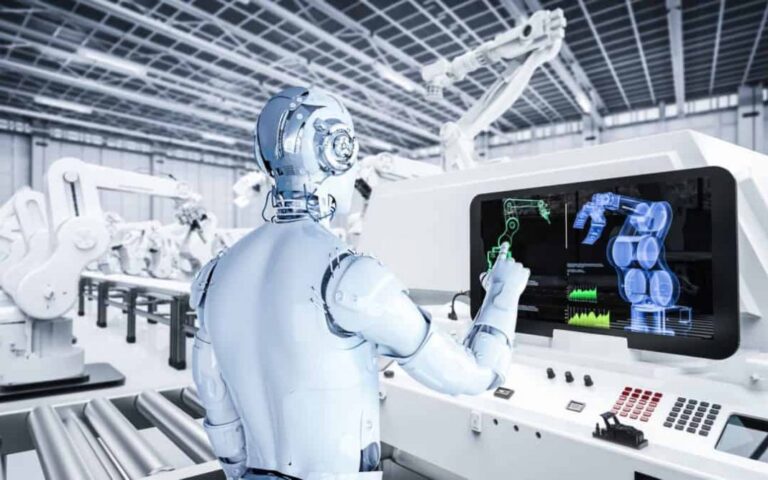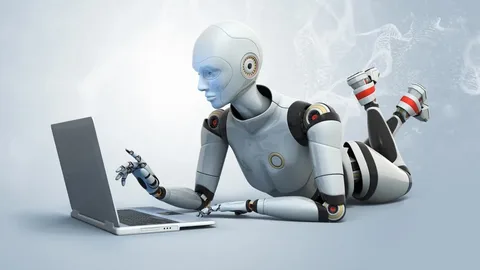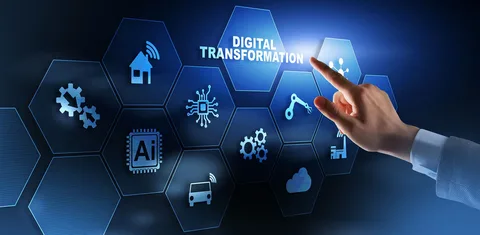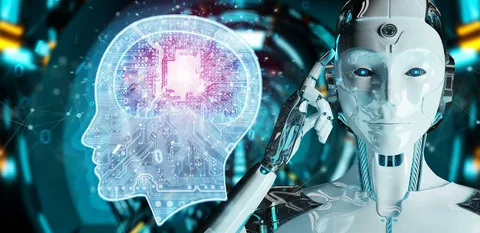Culture is the soul of any community, and one of the most enchanting ways it comes alive is through traditional music and dance. These timeless art forms tell stories of history, identity, and shared values. At Daily Arc, we explore the beauty of cultural expressions from around the world, helping you connect with the rhythm and movement that define humanity’s diverse traditions.
Why Traditional Music and Dance Matter

Traditional music and dance are more than just entertainment; they are living archives of a people’s heritage. Passed down through generations, they preserve the essence of language, folklore, and emotion. Whether it’s the pulsing drums of African tribal dances, the graceful movements of classical Indian Bharatanatyam, or the vibrant flamenco steps of Spain, each performance offers a glimpse into its unique cultural context. A Global Tapestry of Sound and Movement
Daily Arc celebrates traditional music and dance from every corner of the globe. Here are some highlights:
1. African Rhythms: Explore the captivating beats and dynamic choreography of African dances like Zulu, Maasai, and Afrobeat-inspired moves. These performances celebrate community, storytelling, and spirituality.
2. Asian Elegance: From Japan’s serene Noh theater to India’s energetic Bhangra, traditional music and dance in Asia reflect a profound connection between art and life.
3.European Grace: Witness the intricate patterns of Irish step dance, the passion of the Spanish flamenco, or the elegance of Viennese waltzes.
4.Americas’ Spirit: Celebrate the vibrant expressions of samba from Brazil, Native American powwow dances, or the rhythmic storytelling of Caribbean calypso.
How You Can Immerse Yourself
At Daily Arc, we’re committed to helping you engage with these traditions in meaningful ways. Here’s how:
- Discover Stories: Read in-depth articles and interviews that uncover the origins and significance of various traditional dances and music styles.
- Attend Events: Stay updated on festivals, workshops, and performances near you to experience the magic firsthand.
- Learn and Share: Participate in tutorials and community discussions that teach the basics of traditional music instruments or dance techniques.
- Support Artisans: Connect with local artists and performers, supporting them through appreciation and fair trade purchases
-
Join Us in Celebrating Culture
Traditional music and dance remind us of our shared humanity, offering a sense of belonging and joy that transcends boundaries. At Daily Arc, we’re passionate about bringing these stories to life and fostering a global appreciation for the beauty of tradition. Join us as we explore the rhythms and movements that unite us all.
Stay tuned for more inspiration, and let’s dance to the tune of culture together!













